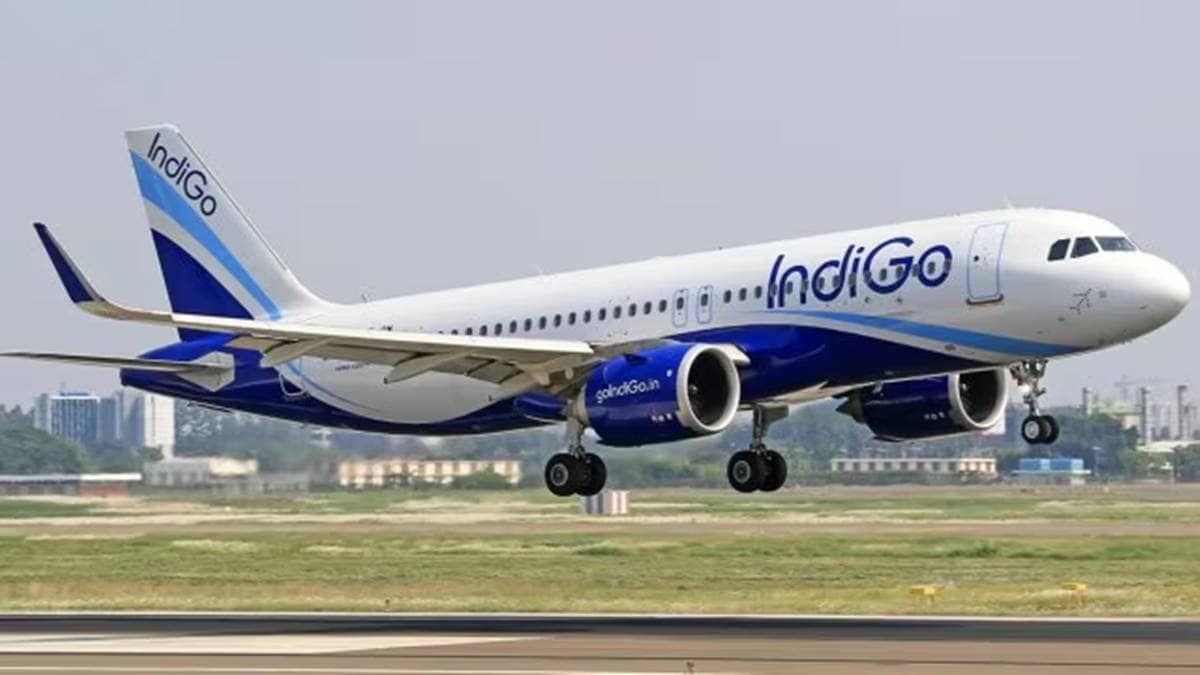Famous YouTuber from the United States, Jimmy Donaldson, known as Mr Beast is willing to launch his own mobile company in 2026. According to a report from Business Insider, the YouTuber who is known for doing crazy, expensive challenges in his videos is trying to enter the telecom industry.
According to Business Insider, a leaked investor deck gave out this information. The report also says Donaldson and his company, Beast Industries, are considering the creation of a mobile virtual network operator (MVNO). This move could disrupt the telecom industry in the US.
The investor materials also suggested that Beast Industries is exploring additional opportunities in fintech and mobile gaming, indicating that the company’s ambitions go well beyond telecoms. If successful, Donaldson could join a select group of creators who have transformed digital fame into sustainable, multi-industry business empires.
What is Mr. Beast’s business plan?
This business model would enable MrBeast to offer mobile services by leasing capacity from existing carriers such as AT&T, T-Mobile or Verizon. By making use of established infrastructure rather than building his own, he could deliver competitive rates while avoiding the huge costs of developing a network from scratch.
The strategy to enter the telecom business mimics the strategy of other high-profile celebrity-backed telecom ventures, most notably Ryan Reynolds’ Mint Mobile, which was acquired by T-Mobile for $1.35 billion. MrBeast has previously partnered with T-Mobile, raising the possibility of collaboration once again for this project.
Why is Mr. Beast entering Telecom Industry?
The move is the latest sign of Donaldson’s determination to diversify his brand well beyond YouTube. His current business portfolio spans multiple industries. Feastables, his snacks company, generated around $250 million in sales and $20 million in profit last year, while his food venture Lunchly adds to his consumer offerings. He also has a toy line and a Prime Video reality series.
Despite his record-breaking reach – with more than 430 million subscribers across his YouTube channels – Bloomberg reported last year that his media business posted an $80 million loss. A telecom operation could represent not only a new revenue stream but also an opportunity to deepen engagement with its fan base, many of whom fall into younger demographics highly active in mobile usage.








